Resolve error 'Setup did not find any hard disk drives' when installing Windows XP
TipsMake.com - One of the most common errors when installing new Windows XP is the message ' Setup did not find any hard disk drives ' (it can't find a hard drive on your computer ) and it confuses you because it's obviously a computer. If you have a hard drive, you even have to format the drive carefully.
This error usually occurs on a new computer because the machine's drive driver is not set to XP support mode, usually SATA (Serial ATA) control.

If there is no floppy drive on the computer (usually computers that are no longer using this drive) then you will need to use a process called Slip-streaming - built-in drive driver to the installation CD Windows XP.
Search for Driver for XP
The best place to find a driver is on the hardware company website you are using. We can use the WinImage program. For the following example, you will see the download link for Intel SATA controller driver for HP computer

Download and run the executable file to extract a file called f6flpy32.exe into a temporary directory. Don't try to run this file because it will require you to run on the floppy drive.

So what do you have to do with this file? There are several possible ways to do this depending on how the manufacturer's files are packaged:
- Use WinImage to extract them, this is a software that you can try out within 30 days before registering.
- Use WinRar to extract. In many cases this file will extract the file * .flp.
- Some drivers allow you to automatically extract to a folder.
The following is a list of files that WinImage can control
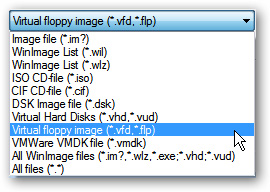
Run WinImage and open the file, you will see the content inside. Just extract them into a folder, it is best to name the folder so that it is easy to remember.
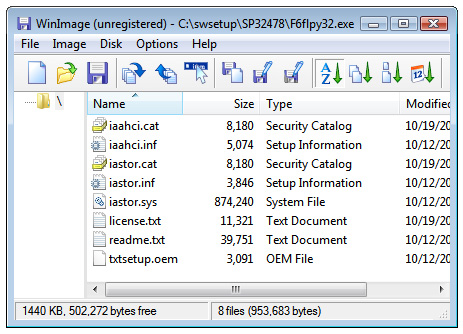
Page 2 : Create a custom XP disk
Create a custom XP disk
We will use the software called nLite to create an XP installation disc, you can download it here . Install and launch the nLite program, you will receive a message to load into the Windows installer, click the Browse button.

Browse to the folder containing the installer on the CD drive, and then click OK on the Browse For Folder window.
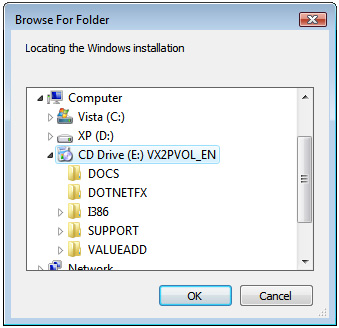
Next you will receive a message indicating where you want to save the temporary files used during Slip-streaming. In this example, we create a new folder called XPISO, but you can name it anything, noting one thing it must be a new folder.

nLite will copy all the files needed for the XP installer into the temporary folder you created. Once completed, you will see information about the version of Windows XP you use.
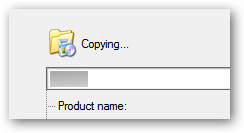
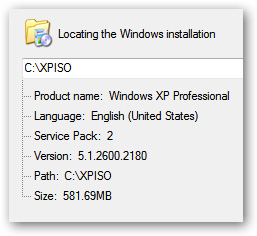
Click the Next button until you see the following screen, where you can select the desired options. In this example, select Drivers and Bootable ISO .
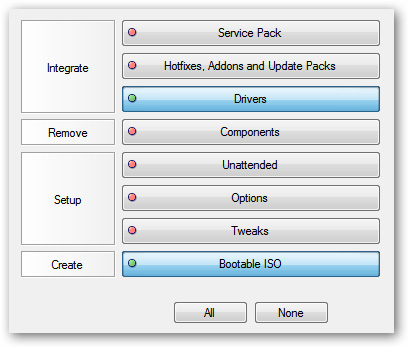
Note : You can choose any option if needed. nLite will pack all options, set tasks or automatically remove components in the installer, but in this article's purpose, just select the 2 options above .
Click Next until you see the driver selection screen. If you click the Insert button, you can choose between adding a single driver or a driver folder. In this case, the driver directory that you searched for and unzipped is above.

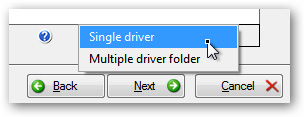
Browse to the directory containing the extracted driver files, then click Open . Selecting any * .inf file is not really important because you will select all the files in the directory.
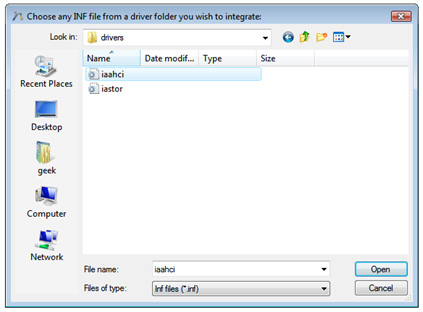
nLite will issue a message to select the driver. If you don't know exactly which driver, you can use Device Manager in Vista to find the exact device or else select all the suggested options. One thing to note is that you do not select drivers for 64-bit systems if your computer is 32-bit or should not choose the wrong operating system version.
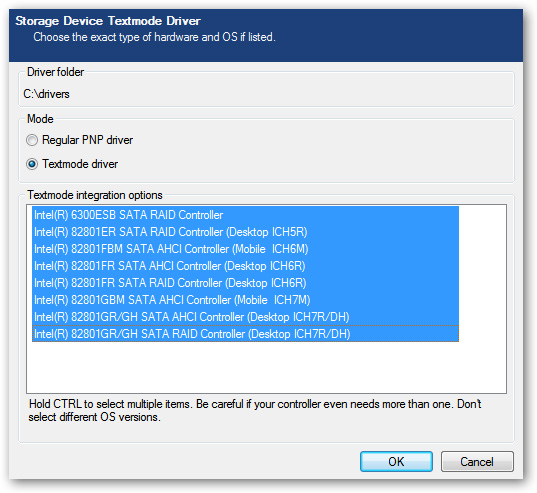
You should search for drivers for both storage devices and networks because these drivers are needed and are often missing when installing XP.

You have almost completed the disc creation process here. Now just choose to burn directly to the CD or choose Create Image to create an ISO file.
Note : If you choose to create an ISO file, make sure you click the Make ISO button before clicking Next .
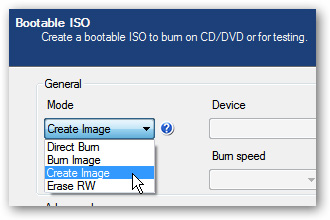
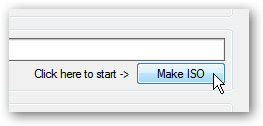
After this process you have an ISO file or a CD to start the XP installation process.
 10 tips to speed up Vista
10 tips to speed up Vista Add Recovery Console to the boot menu on Windows XP
Add Recovery Console to the boot menu on Windows XP Change the Product Key for Windows XP SP1
Change the Product Key for Windows XP SP1 Control Wifi access using Group Policy
Control Wifi access using Group Policy Create a password for the Guest account on Windows XP
Create a password for the Guest account on Windows XP 19 secrets hidden behind Windows XP
19 secrets hidden behind Windows XP